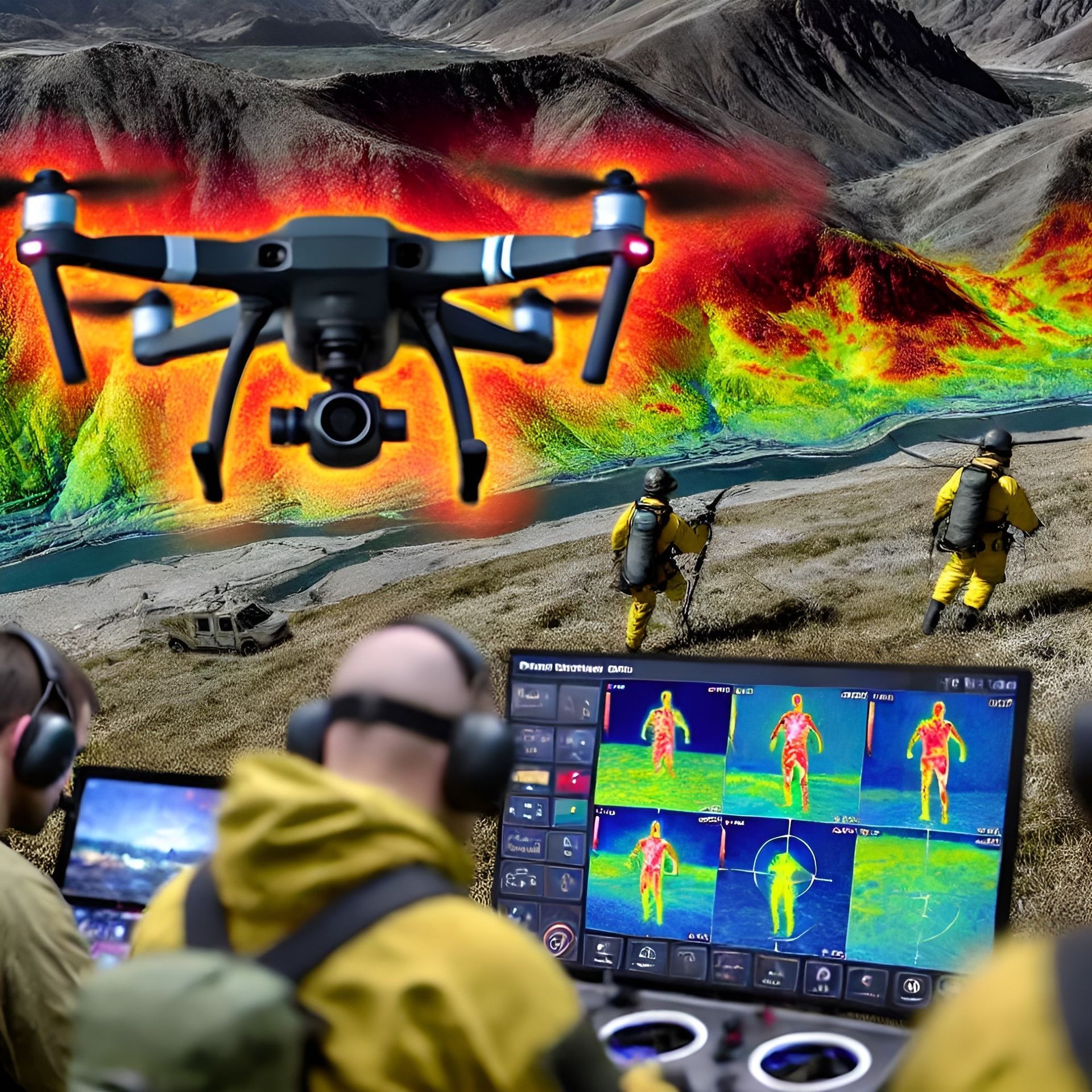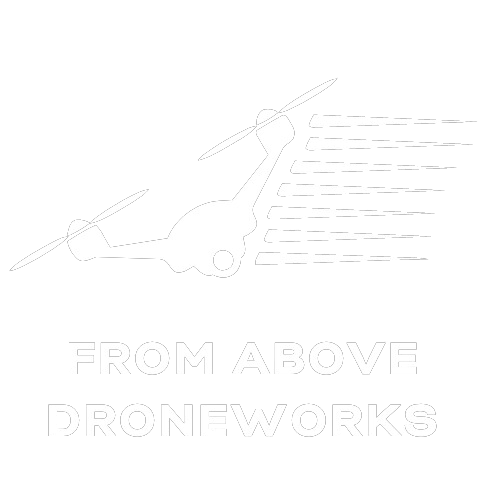What is Drone Search and Rescue Training?
Getting the Lowdown on Drone Search and Rescue Training
So, you're curious about drone search and rescue training? You've come to the right place! Imagine being part of the action, steering a drone through rugged landscapes to find a lost hiker or reuniting a family with their runaway pup - that's what this training is all about. It's unbelievably rewarding, and honestly, pretty darn cool. Drone search and rescue (SAR) involves using drones equipped with advanced technology to locate missing persons, pets, or objects in difficult-to-reach or expansive areas. These drones can quickly cover large terrains, provide real-time data, and operate in conditions that might be unsafe or impossible for human searchers.
Today, we’re going to dive into the nitty-gritty of what drone SAR training entails and how these high-flying heroes are changing the game in emergency situations.

Picture This: A Day in the Life of Drone SAR Training
You've got a controller in your hands, eyes fixed on a screen, and you're maneuvering a drone through a maze of trees and over towering mountains. That's a day in the life of drone SAR training. You learn all the tricks—how to pilot those bad boys, master the technology, and use some super cool gear like thermal cameras to find what's hidden out of plain sight. I remember the first time I found a lost dog in a field using thermal imaging - it was like playing hot and cold from the sky, and when that dog was found, the feeling was unbeatable.
Plus, there's all this safety talk (super important!), legal stuff you've gotta know, and working in sync with ground teams. Let me tell you, when everyone is clicking, it's like a well-oiled machine, and the efficiency is through the roof! It's a skill set that can seriously make a difference, and the rush of being part of a successful rescue op is something else.
Why Drone Rescue Teams are the MVPs
Drone rescue squads? They're the real MVPs. Capable of zipping over huge stretches of land and squeezing into spots where we can't, these drones become our eyes in the sky in an instant. I’ve seen firsthand how they swoop in and save the day when every second counts. There was this one time we located an injured hiker within minutes, which would've taken hours on foot. And the best thing? Humans stay out of danger. With drones, we're hitting the safety jackpot and upping our chances of a happy ending.
Drones to the Rescue!
The perks of drone tech in rescue ops can't be overstated. Speed? Check. Accessibility? Yep. High-tech sensors delivering the 411 from the air? You betcha. These flying wonders give us the real-time lowdown, especially when the sun dips, and the going gets tough. They light up the night with thermal imaging that can spot a needle in a haystack (or a person in a forest). And by keeping our boots off the ground when things look dicey, drones do more than save time—they save lives.
Peeking Inside Drone SAR Training Programs
Gearing Up: Drone Pilot Skills
Getting to be the hero who pilots a drone doesn't just happen overnight. You've got to sharpen those flying skills and get certified—kind of like earning your stripes, but for UAVs (Unmanned Aerial Vehicles). It’s a journey through tough terrains that can be as unpredictable as a plot twist in your favorite series. And it’s not always a walk in the park. I mean, the first time I tried navigating through a simulated wind gust, it was like trying to thread a needle while riding a rollercoaster. But here's the thing, stick with it and before you know it, you’ll have that drone gliding like it’s on rails.
Now, let’s talk about the rule book. You need to know the dos and don'ts like the back of your hand. Because, seriously, you don’t want to be that person who accidentally flies into restricted airspace during a critical operation. We drill the importance of regulatory compliance and privacy deep into the training—because while you're up there saving the day, you've got to do it by the book. Plus, respecting these boundaries just feels good, right? It's like playing the game fair and still coming out on top.
Team Coordination
Effective team coordination is crucial in drone SAR operations. During training, you'll learn how to seamlessly integrate drone technology with ground team efforts. This includes real-time communication, data sharing, and collaborative decision-making. The goal is to ensure that both air and ground teams are working in perfect harmony, maximizing efficiency and improving the chances of a successful rescue. When everyone is in sync, it's like a well-oiled machine, and the efficiency is through the roof. This coordinated effort is not only rewarding but can be the difference between life and death in critical situations.
The Tail Wagging Tale: Using Drones to Find Lost Dogs
Ever experienced the sinking feeling of a pet gone AWOL? It’s an emotional rollercoaster that we'd all rather avoid. But here's where drones come swooping in to save the day. Picture this: your drone hovers above the thicket, its camera scanning the area, and there—you catch a glimpse of your four-legged friend nestled in the greenery below. This isn't just a game of high-stakes hide and seek; it’s a mission with the best possible outcome.
Have you ever heard a tail thumping from the sky? That's pure bliss, let me tell you. During one of my earliest drone flights, I was scanning the landscape for a family's beagle that had given them the slip. We’re talking days of worry and pavement pounding. And then, finally, after methodically searching with the drone, there he was—curled up under a bush. Seeing that tail wag in gratitude from our view in the clouds, well, it's moments like that which really affirm why we do what we do.
Trailblazers: Drone Rescue Ops for Missing Hikers
Here's the deal: hikers go missing—nature's vast, right? But with drones, those search missions become less like finding a needle in a haystack. With tech that tackles tough terrain and picks up heat signals, we're changing the game. Once, we found a hiker lost in the woods overnight, and getting them out safe at sunrise? Man, that's the stuff you remember. Working in harmony with ground crews, sharing info as it happens—it’s teamwork at its finest.
Conclusion
What is Drone Search and Rescue in El Paso?
Let's face it, the great outdoors can be as unpredictable as it is beautiful. Hikers can and do get lost, and when they do, the vastness of nature can make finding them feel like looking for that needle in a haystack. However, enter drones, our high-flying heroes, and suddenly the search mission narrative changes dramatically. We're talking about advanced technology that glides over challenging landscapes and detects heat signatures from way up high. This capability is revolutionizing how we execute search operations.
Drone search and rescue (SAR) in El Paso involves using drones equipped with advanced technology to locate missing persons, pets, or objects in difficult-to-reach or expansive areas. These drones can quickly cover large terrains, provide real-time data, and operate in conditions that might be unsafe or impossible for human searchers. Common areas in El Paso for drone SAR include the Franklin Mountains and Hueco Tanks State Park, where the rugged terrain can make traditional search efforts challenging.
So, here's the lowdown on drone SAR training: it's an exciting fusion of sharpening your piloting skillset, getting swift with sophisticated tech, and the adrenaline rush of doing good when it counts the most. If you've got a passion for cutting-edge gadgets, a heart for helping, or you're on the lookout for the next thrill adventure, this could be right up your alley. How about it, are you ready to take to the skies? Reach out to From Above Droneworks for more information.

